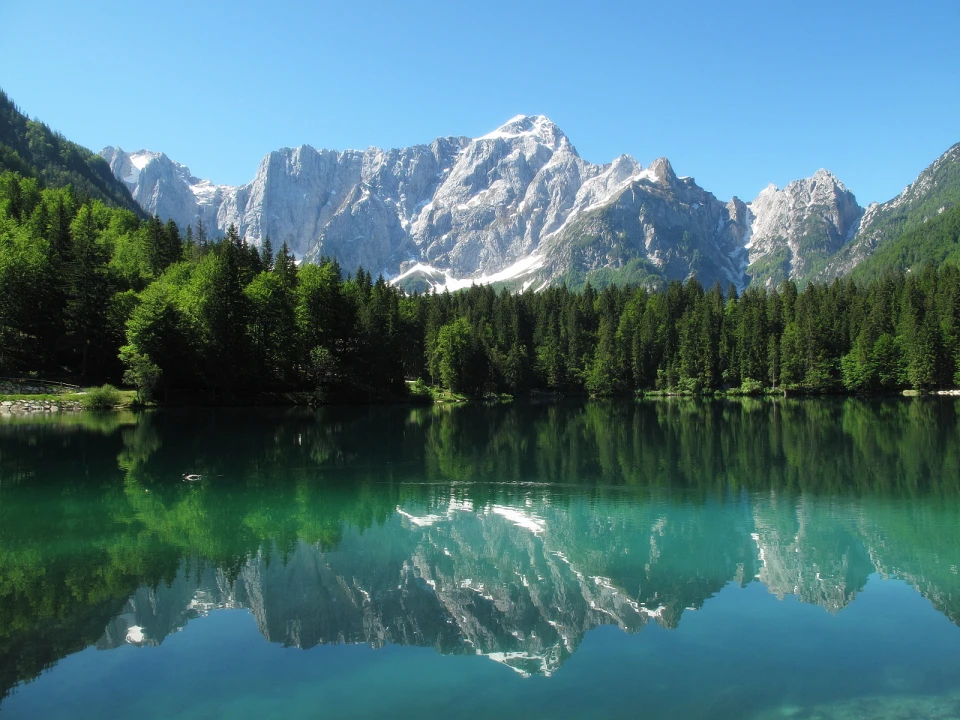Friuli Venezia Giulia is a terrain waiting to be discovered: its landscape and scenery, from the mountains in Carnia to the sea of Trieste, it is a neverending show. Nothing's better than exploring this region on foot, traversing the innumerable hiking trails winding through the Alps and along the Karst Plateau.
Every part of Friuli can be seen via its trekking routes, whether those that move through vibrant vegetation and along water runs, as well as those that touch on historical sites and places that evoke mystery and mysticism. These are some of the most inspiring routes and trails.
I Sentieri delle Acque (The Water Paths)
At one time used by woodsmen to transport the wood of the valley over water, today it is one of the most evocative - and difficult - trails: it runs through the very deep valley, cut by the Chiarsò Creek (running from Paularo to Las Callas). A walk lasting about three hours is enough to take in the spectacular panoramas, that includes a well-known white spruce called the Palma - almost 170 years old and 115 ft in height, this tree is quite a sight for the fact that its inclined trunk has bequeathed five other segments.
Also traveling a similar route of the water paths are other hiking itineraries around the lakes of the Val Tramontina: Lake Redona, Lake Cà Selva and Lake Cà Zul, all lying amidst a rather wild and untamed terrain.
I Sentieri Storici (The Historic Paths)
These trails trace the places that were battle theatres in World War I and II, where Italians fought Austrian troops - from the little Borgo of Topolò to the slopes of Monte Kolovrat. Trekking the restored trenches, among small forts and the magnificent woods of Monte Nero and the Canin Mountain Range is truly an awe-inspiring experience.
Another fascinating historic pathway is that of the Cramârs, that is, the route used by the traveling merchants of Carnia - these Carni people would transport spices and textiles across the alps and back, using satchels and knapsacks. Then, the Passo Volaia area is just beautiful; it faces the basin of the homonymous Alpine Lake.
The Smugglers' Trails
These routes are some of the most interesting, given their complete immersion in the intricate forests between the Cason di Lanza Pass and the Sella Cordin. Here there are plenty of hidden nooks and crannies, making the paths ideal for smugglers who, back in the day, could carry out their illicit activities undisturbed. A five-hour trek along the Smugglers' Trails across the Sella Cordin reveals a breathtaking glimpse of the snowfields on Monte Zermulaand Monte Hochwipfel.
Another nearby pathway travels past the Alpine huts (malghe) of the Carnic Alps; these typical mountain constructions are used as animal sheds and for the production of dairy products.
Trails of Legend and Tradition
Friuli Venezia Giulia is a territory rich in myths and legends that recount of magical characters that live in its mountains. Some trails have be constructed for discovering the more fantastical aspects of the region - trails that follow in the footprints of “Antonio,” name of the dinosaur whose skeleton is exhibited in the Civic Museum of Natural History in Trieste. Antonio was found near the community of San Giovanni in Tuba, not far from the Timavo springs.




